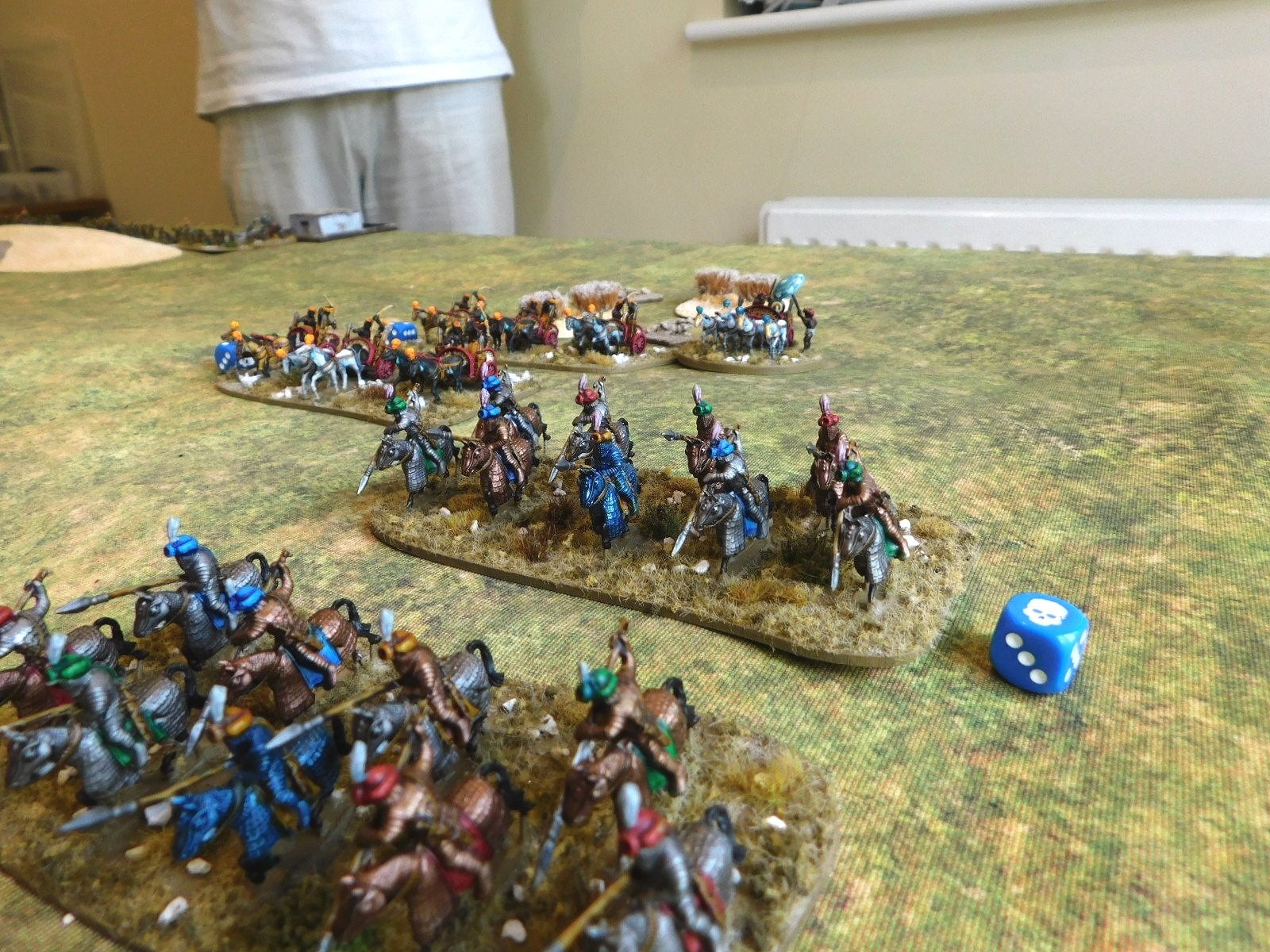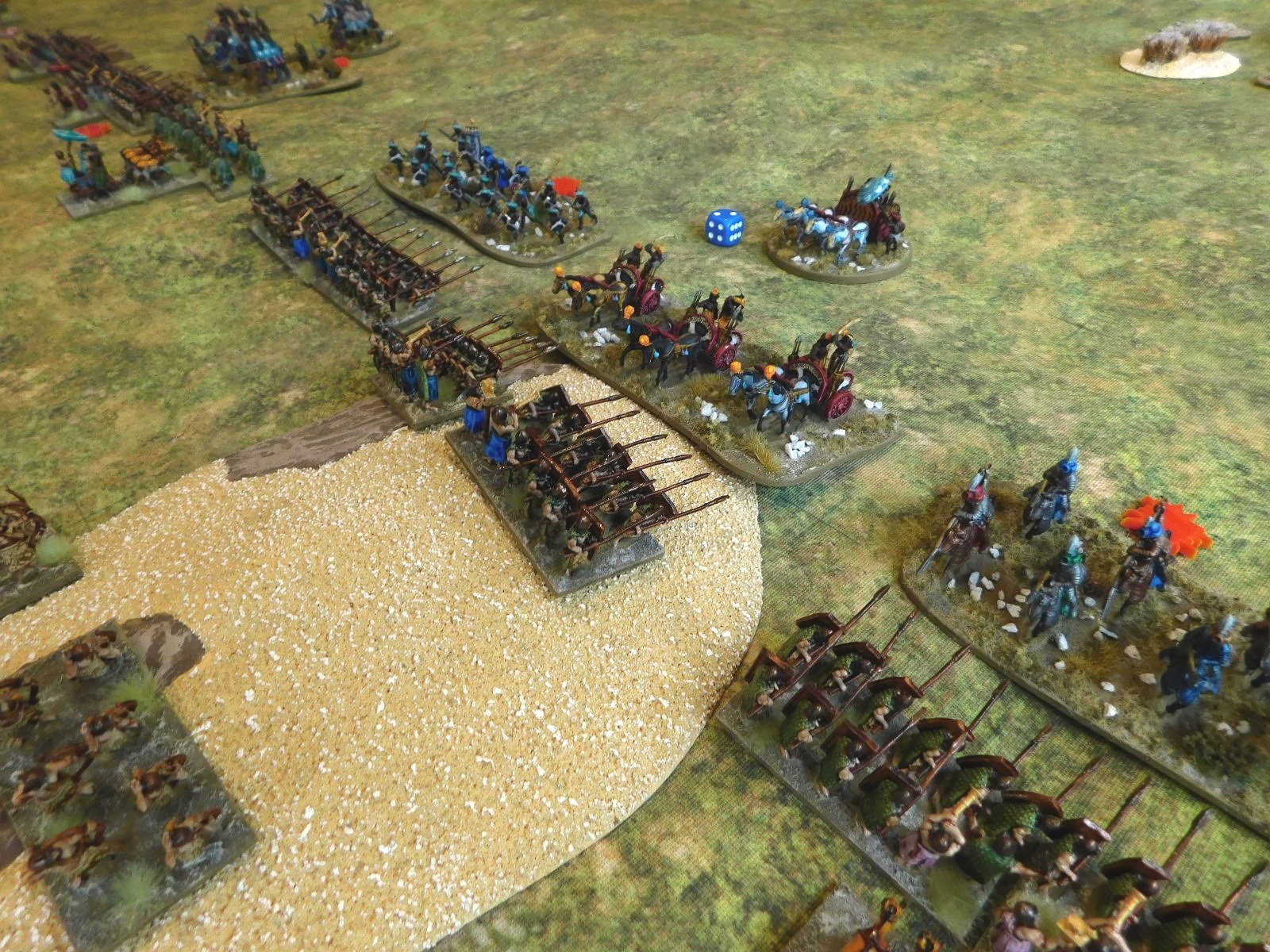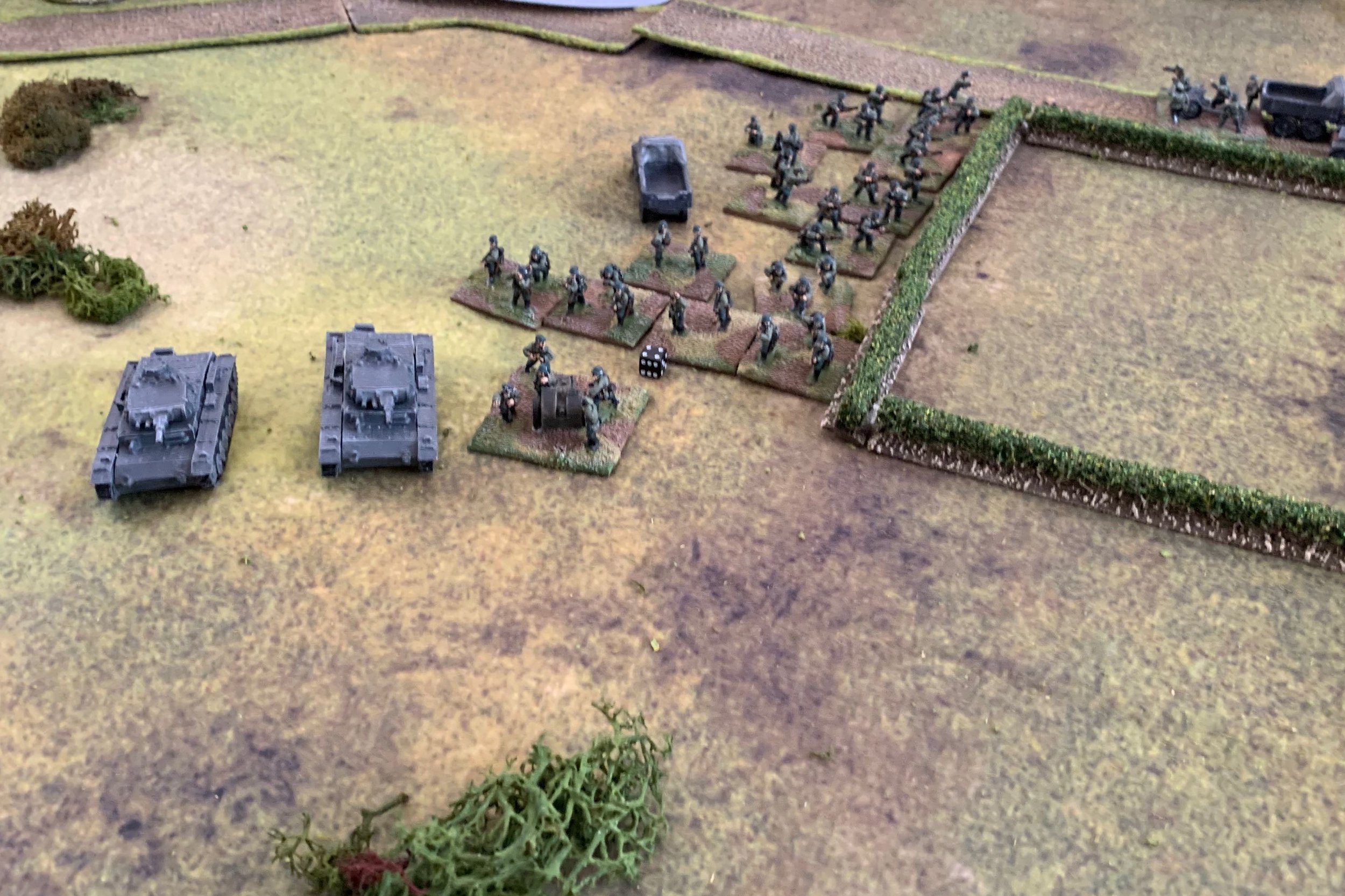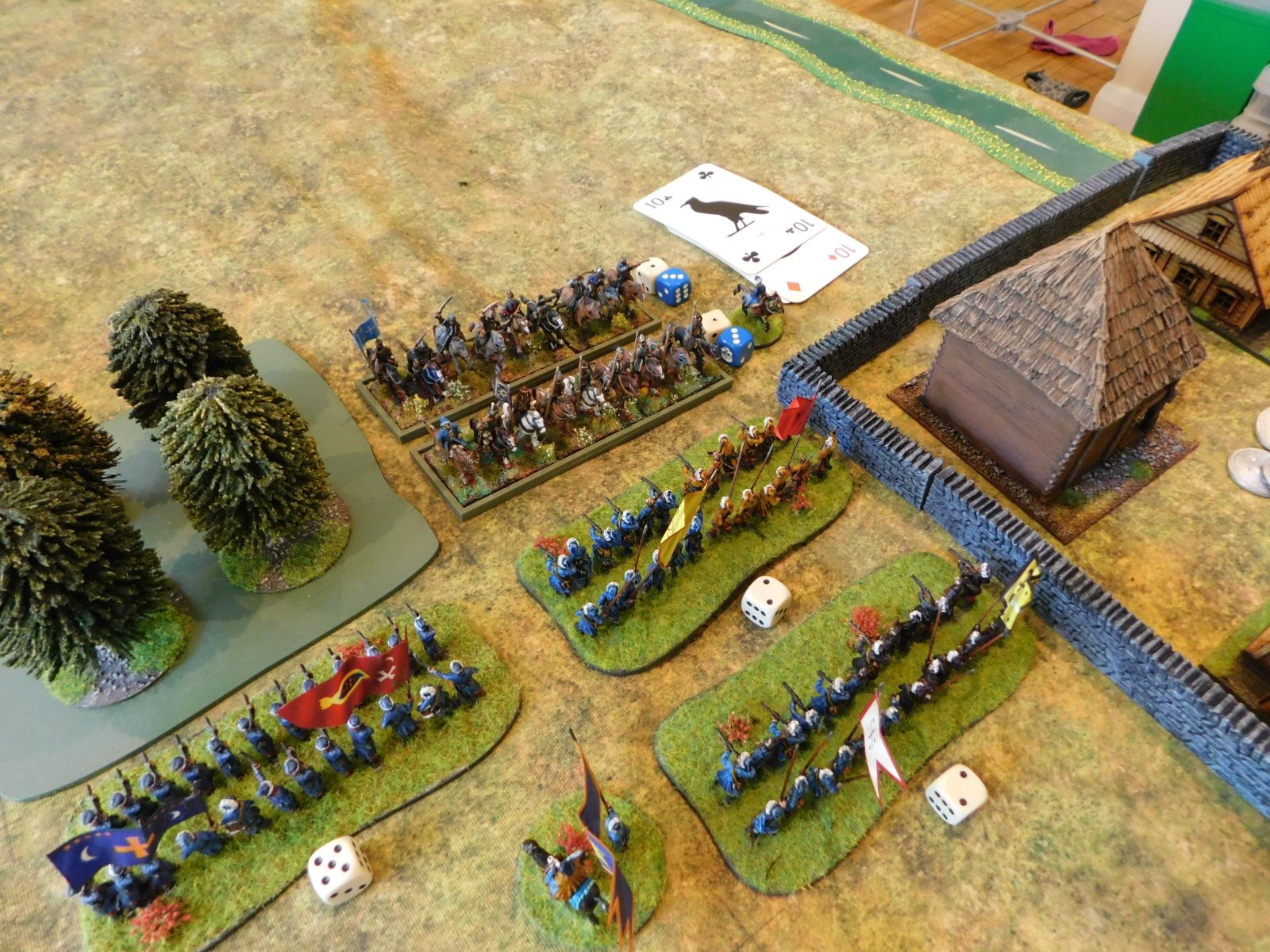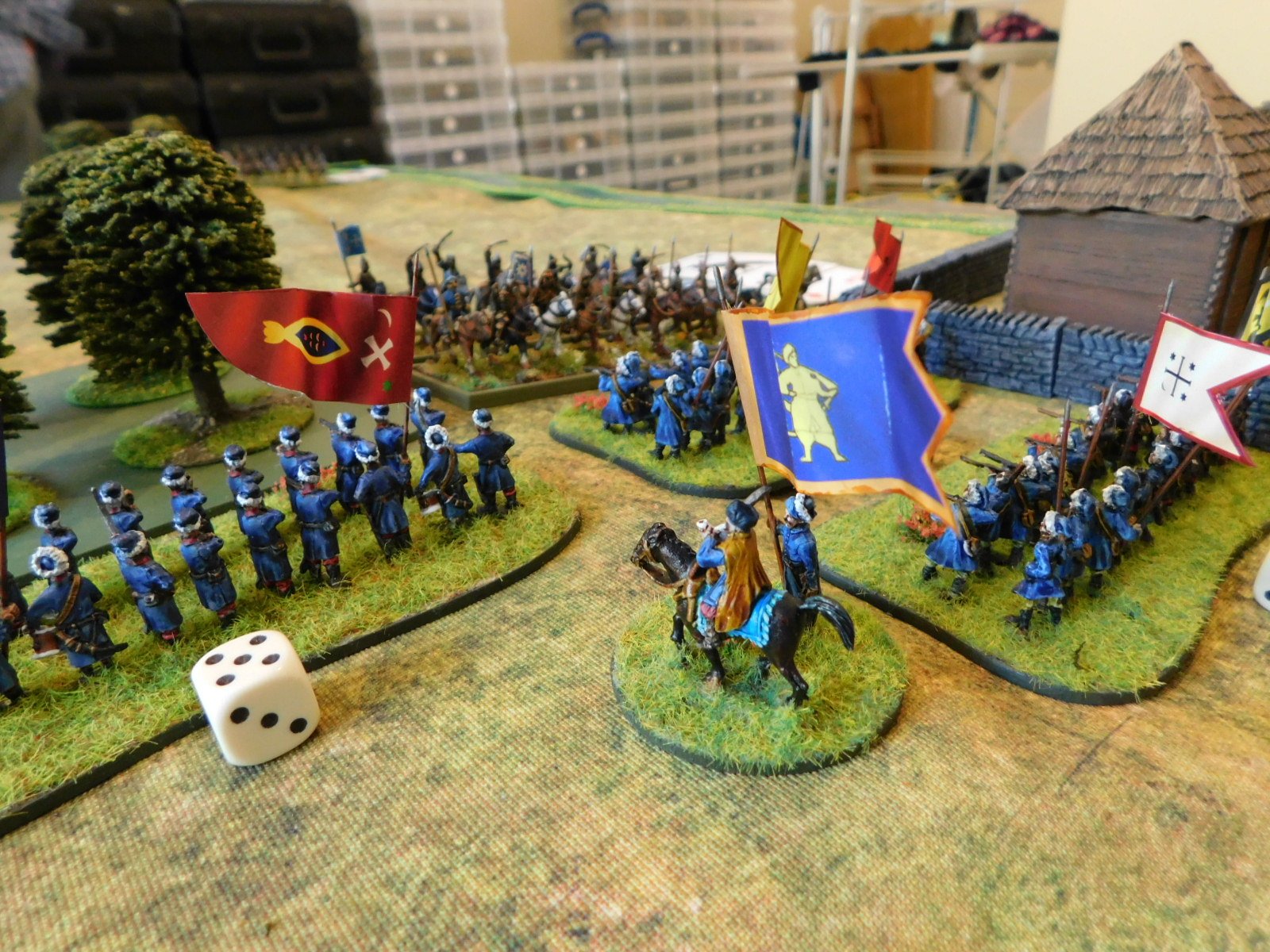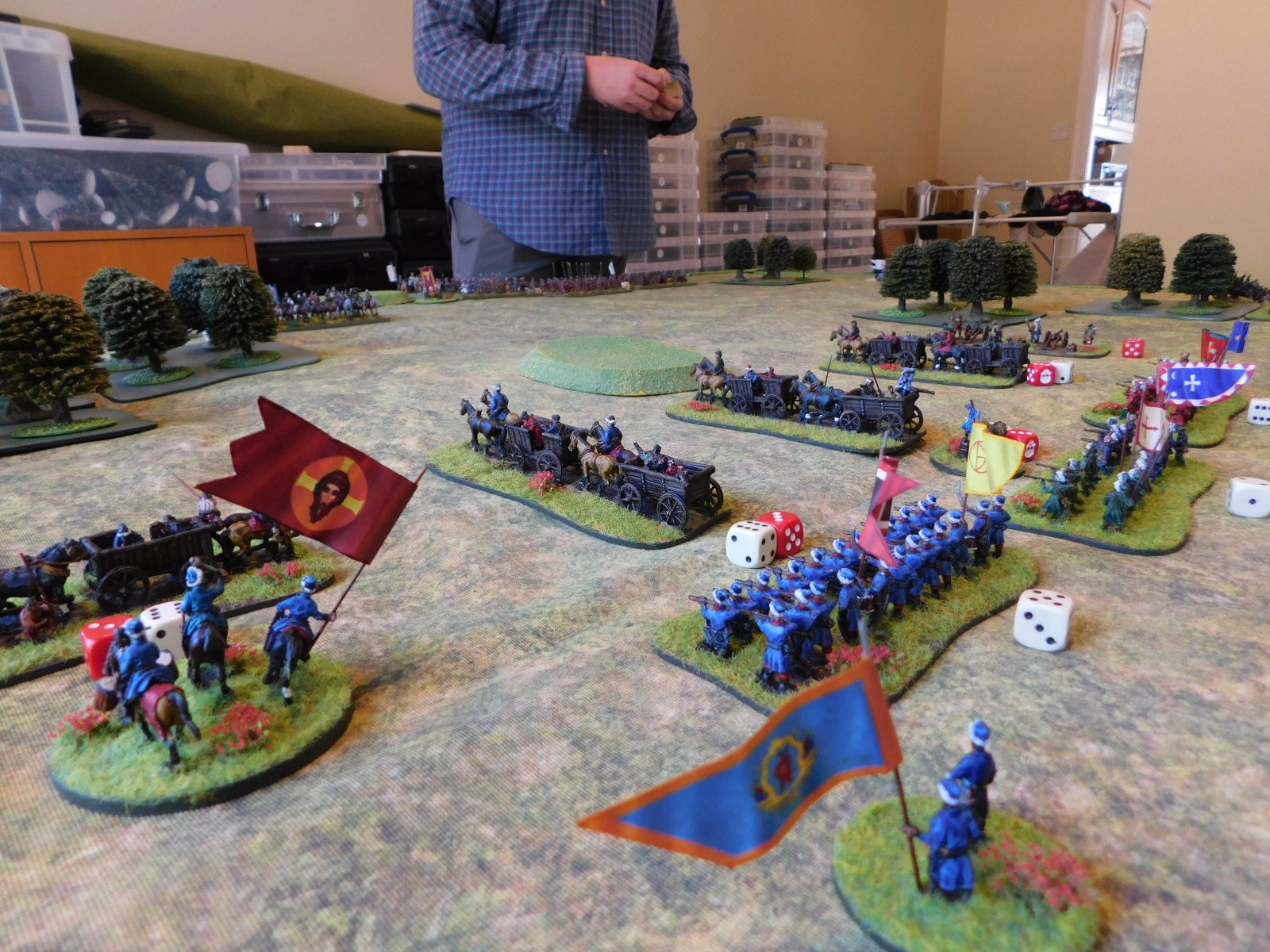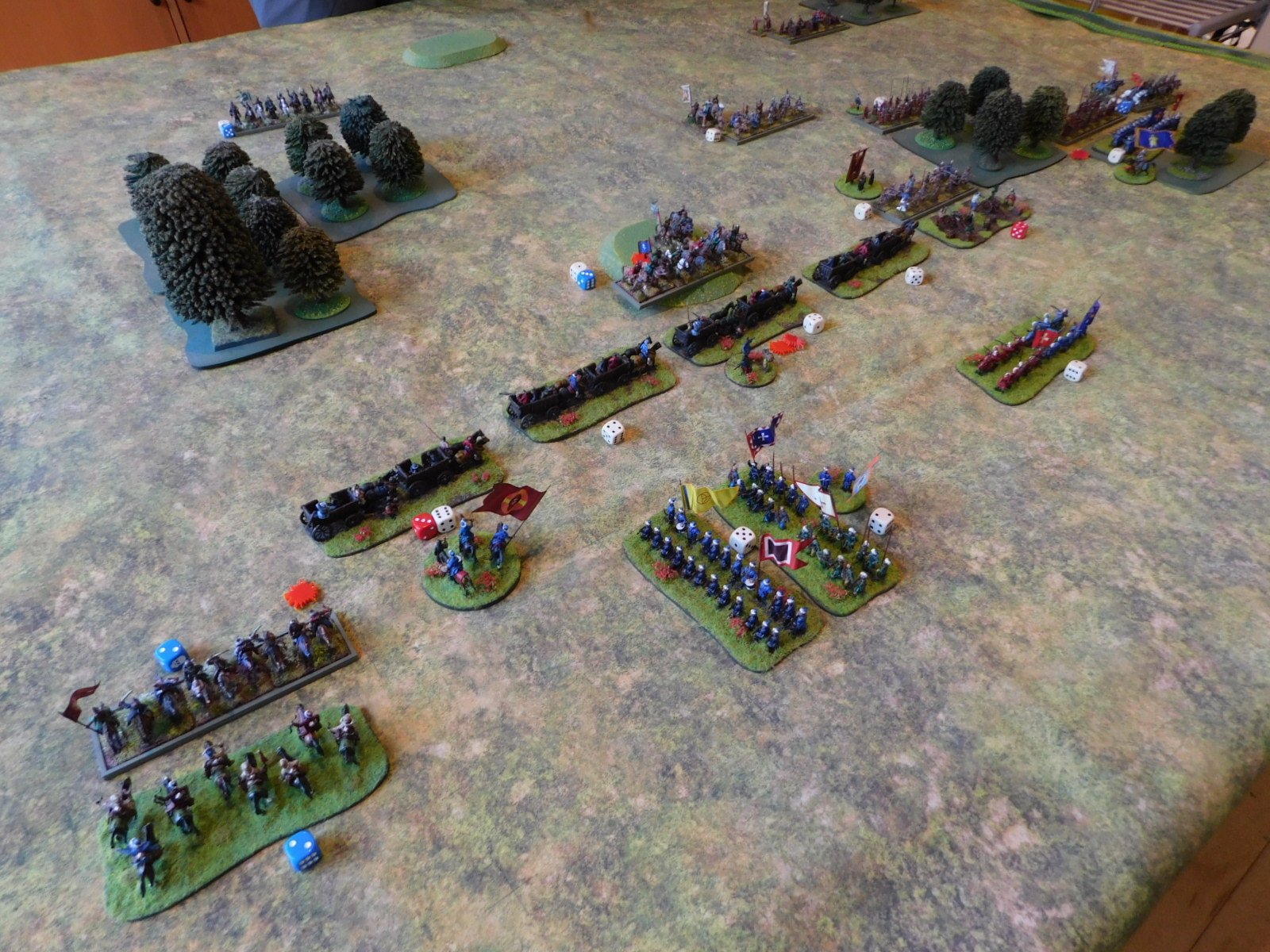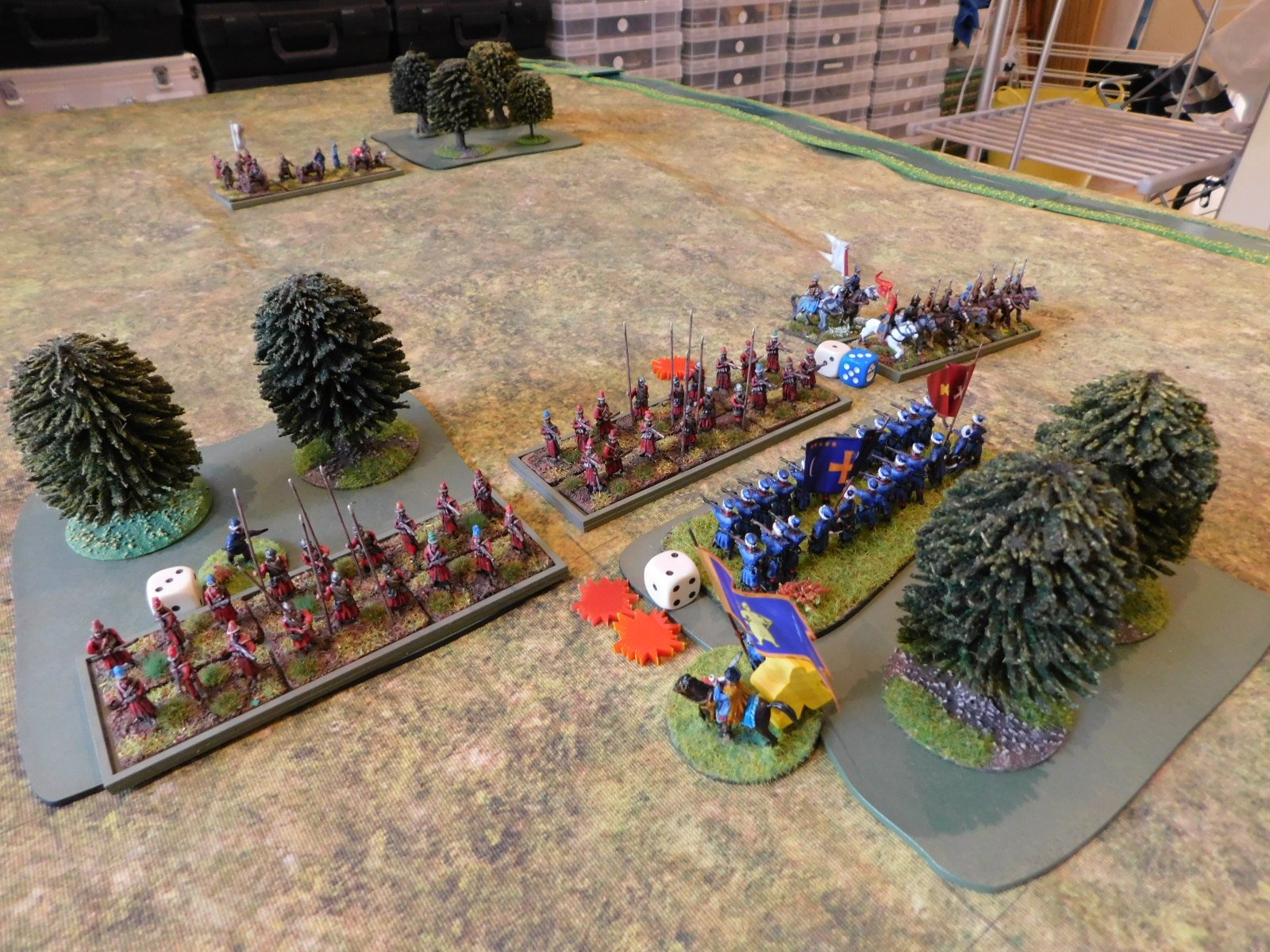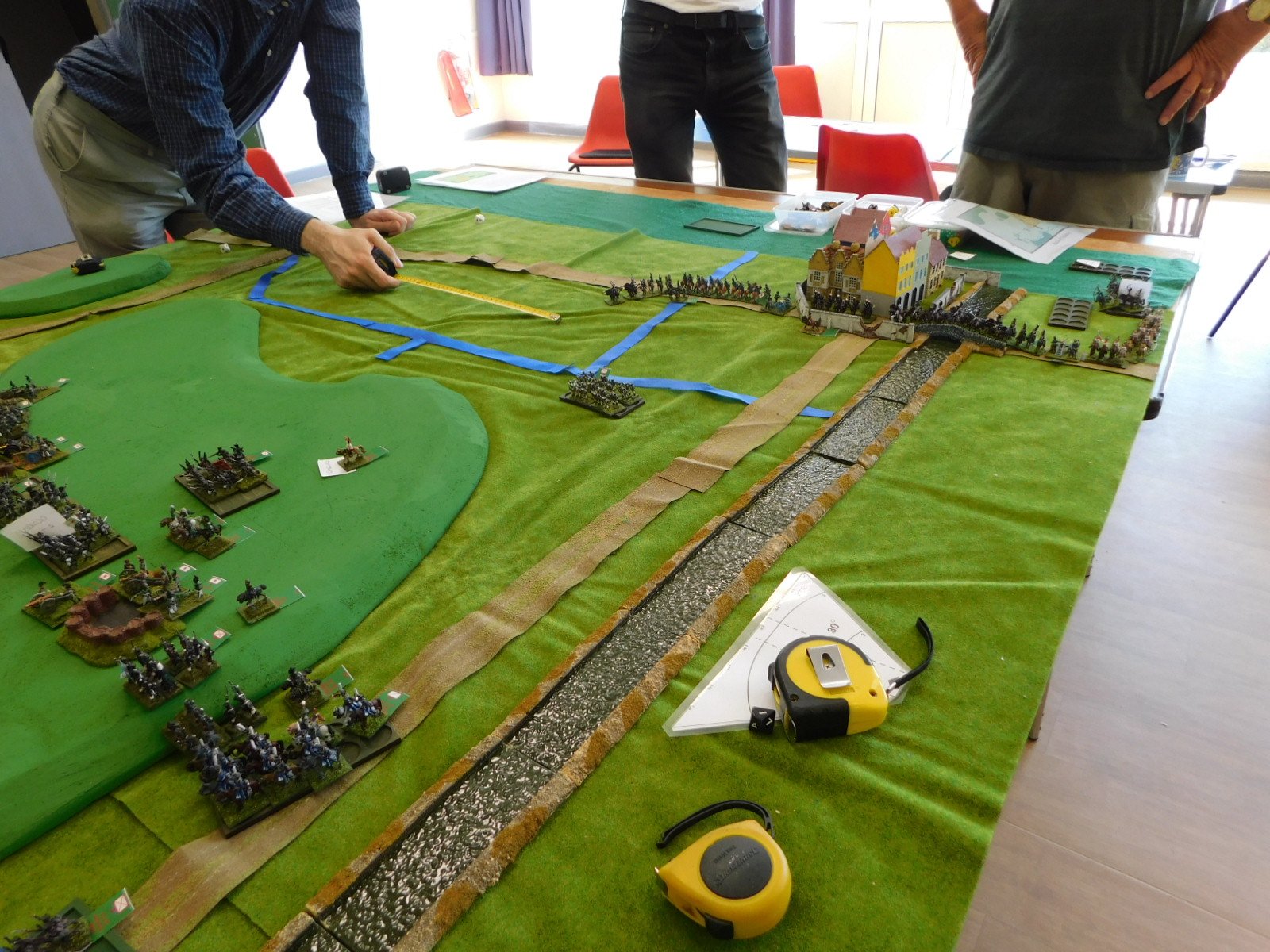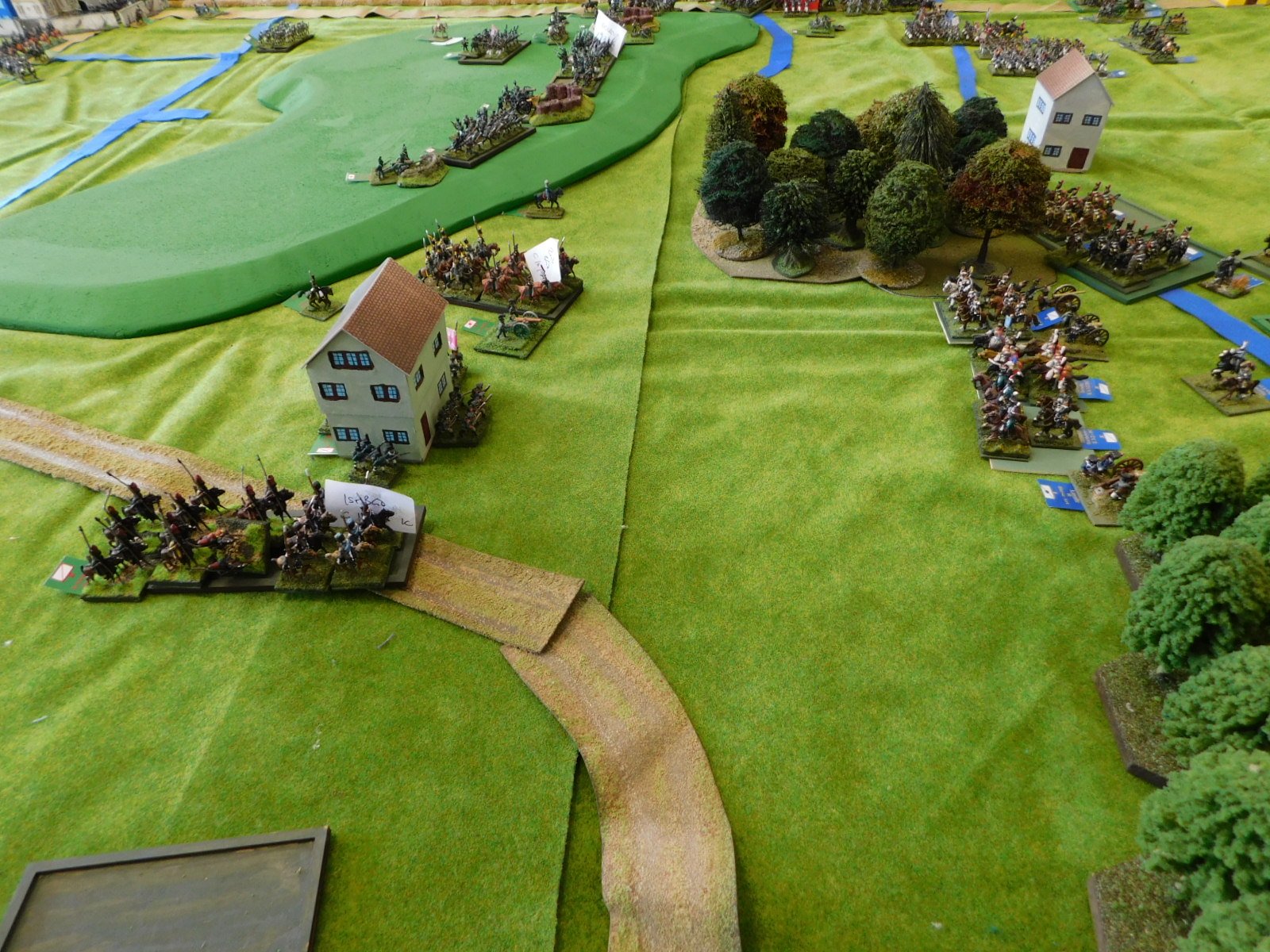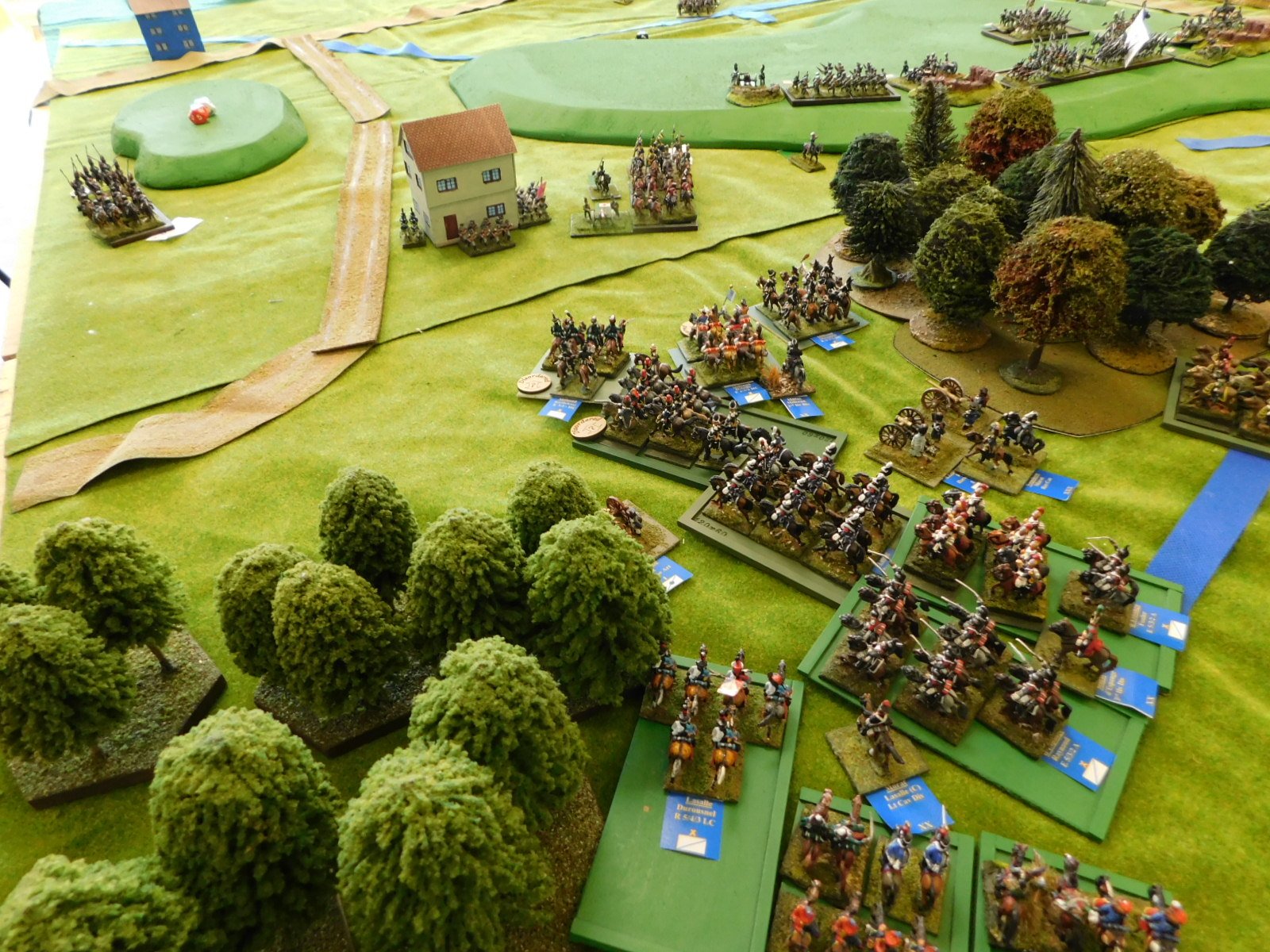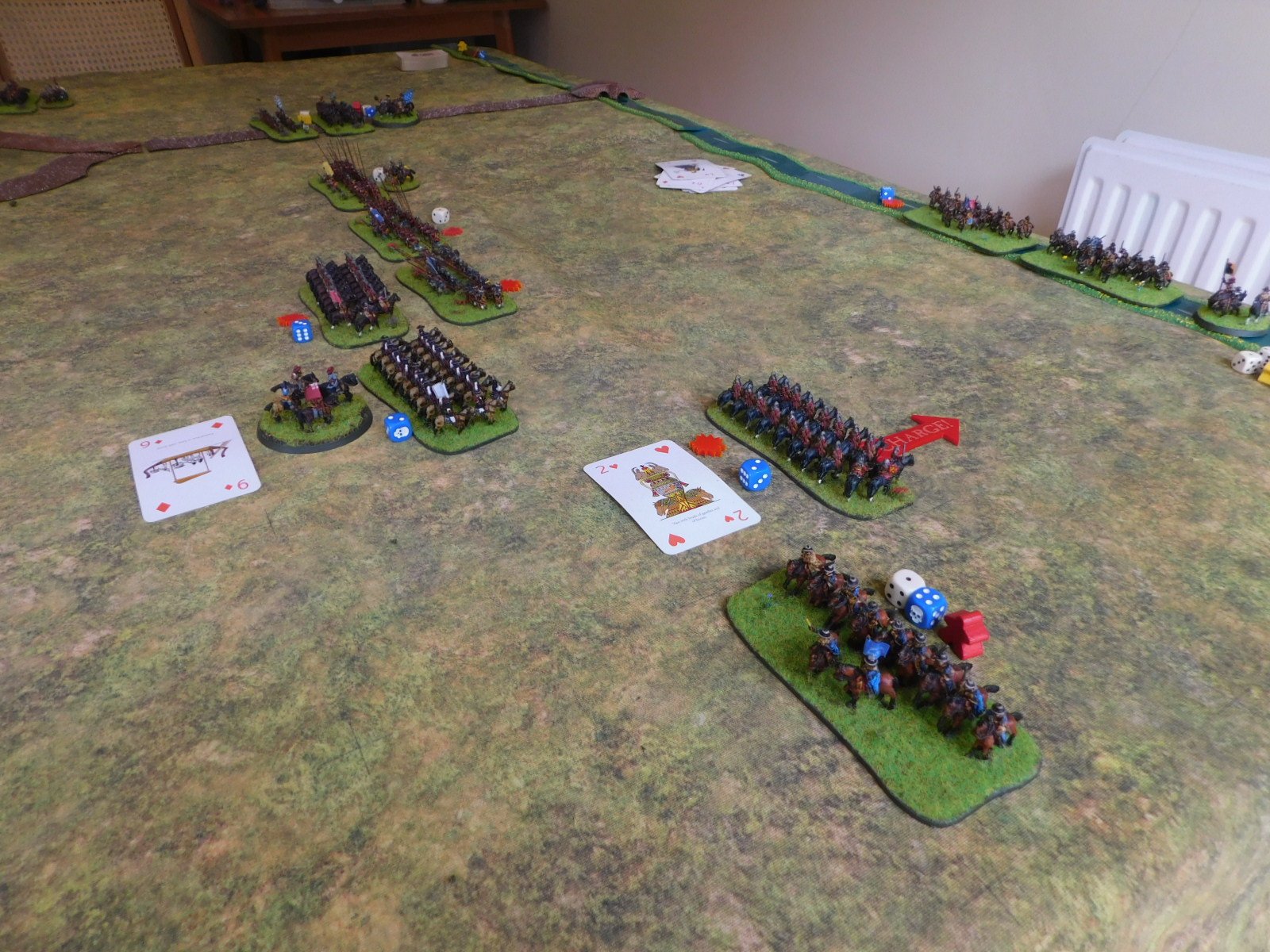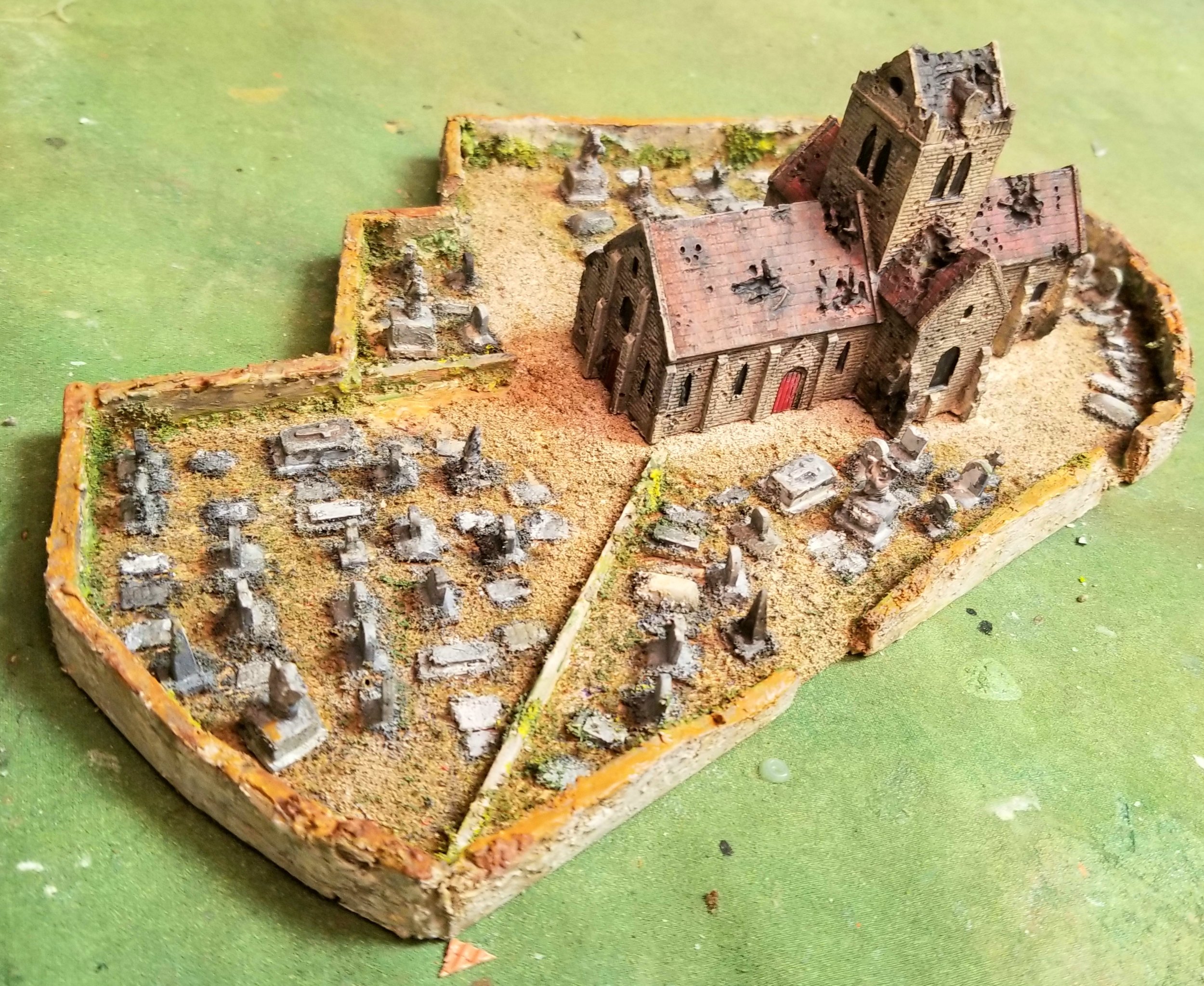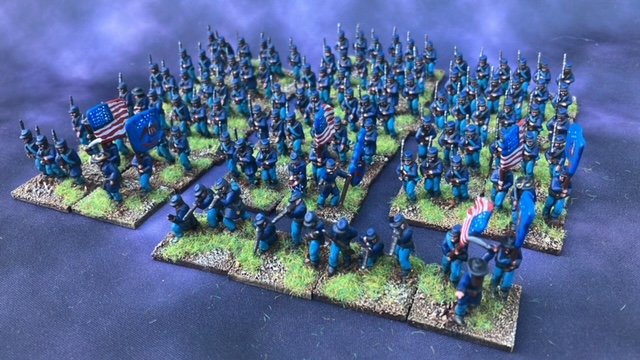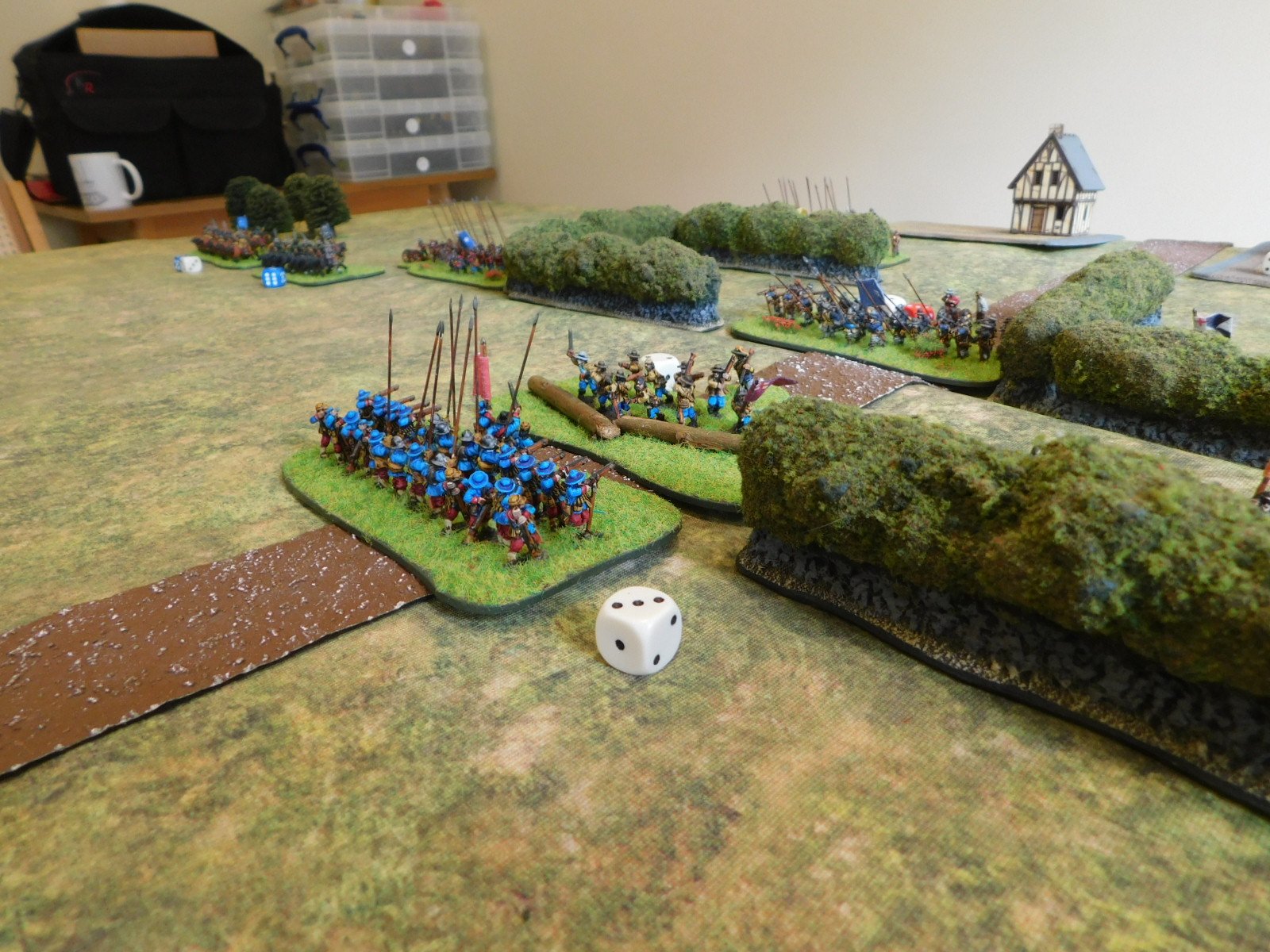TFL Painting Challenge: First September Update
/ Robert AveryLots of entries today and from a wider selection of people than normal: must be all the summer holidays work coming in!
Do look at the individual galleries, accessed through the nav bar, above, but here’s a taster to wet your whistle (correct spelling!):
View fullsize
![A Dutch Dairy from John]()
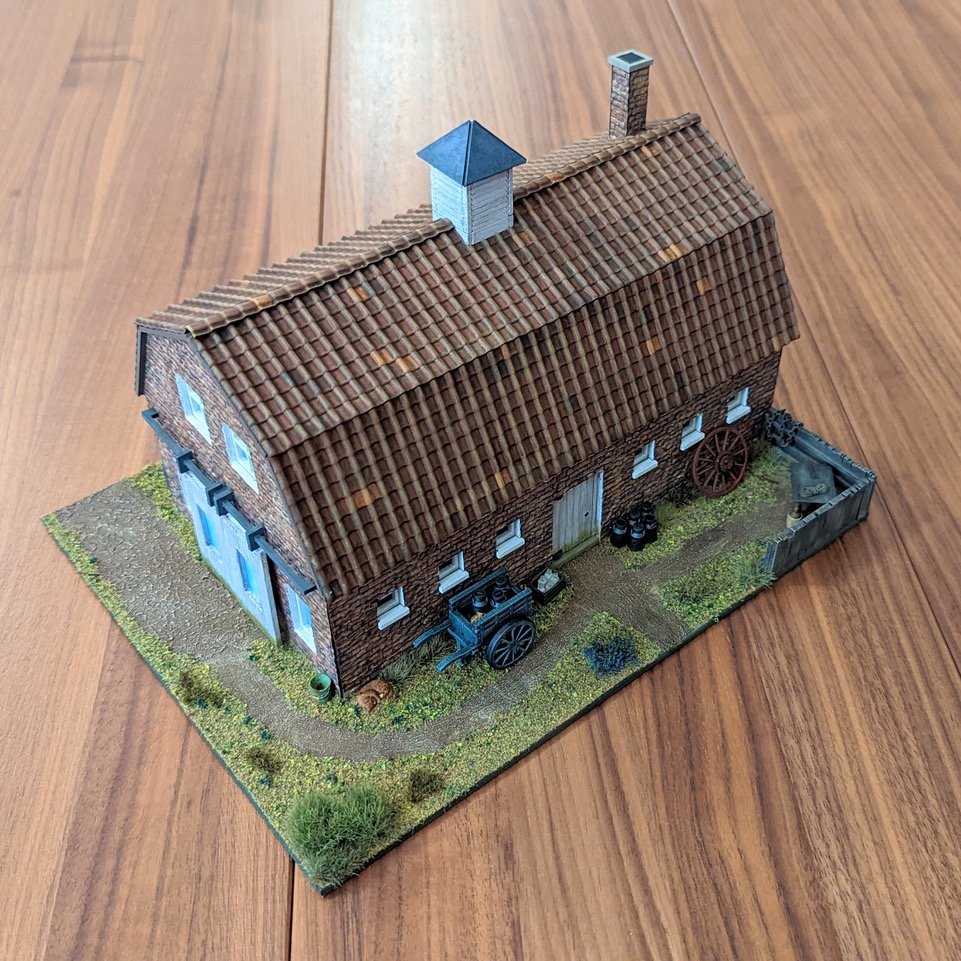
A Dutch Dairy from John
View fullsize
![Villagers from Nick]()

Villagers from Nick
View fullsize
![Late Romans from Sapper]()

Late Romans from Sapper
View fullsize
![More 6mm 'planes from Mr Luther]()

More 6mm 'planes from Mr Luther
View fullsize
![Spanish Light Infantry from Matt (wargames luminary!)]()

Spanish Light Infantry from Matt (wargames luminary!)
View fullsize
![AWI Infantry from Mervyn]()

AWI Infantry from Mervyn
View fullsize
![Speeder Bikes from Chris]()
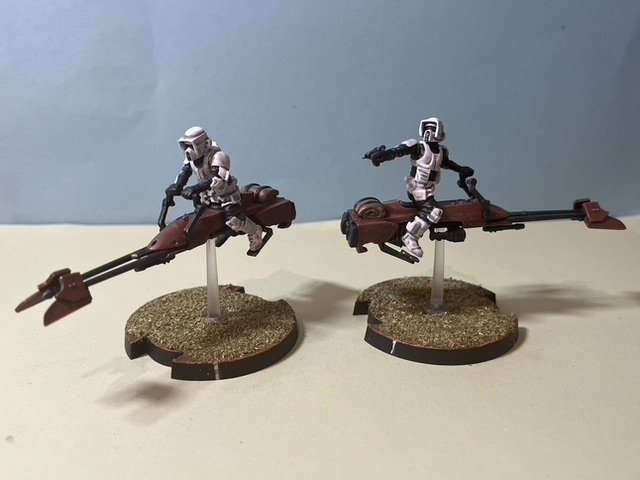
Speeder Bikes from Chris
View fullsize
![WoR Men at Arms from Andrew]()

WoR Men at Arms from Andrew
View fullsize
![Wizards from Carole]()

Wizards from Carole
View fullsize
![Laminids: 15mm SciFi from Khurasan from Me]()

Laminids: 15mm SciFi from Khurasan from Me





